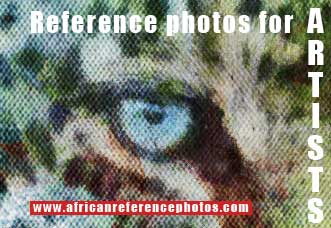Contact Details: Scotch Macaskill, Dirt Road Traders, Currys Post Road, Howick, KwaZulu-Natal, South Africa. Tel: +27 (0)82 578 2329. Privacy: Your privacy is guaranteed. See our Privacy Policy for more. This site accepts advertising and other forms of compensation - see Disclosure and Advertising for details. Site updated: 2022. Copyright © 2002 - 2022 Scotch Macaskill

| ||||||||||
| ||||||||||
| ALL GALLERIES: |
Wildlife Close-Up PicturesThe images here show some of Africa's better-known wildlife species from close range, highlighting the rich diversity of colours and textures one sees while on safari. To capture close-up pictures of wildlife - similar to the view you get through a good pair of binoculars - you'll need a camera with powerful telephoto lens, usually 300mm or more. With larger animals like giraffe and elephant, you can get by with something like a 70-210mm zoom on your camera, particularly when photographing from a safari vehicle.
Captions to Close-ups Row 1:1.Detail of leopard's coat showing spots in rosette pattern 2.Detail of giraffe's hide showing patchwork coloring 3.Close-up of zebra group, showing stripe patterns
Row 2:
Row 3:
Row 4: Return to Wildlife Galleries
Permitted Uses: See Terms of Use. | |||||||||
|
|
||||||||||













Comments
Have your say or ask any questions in the comment box below.